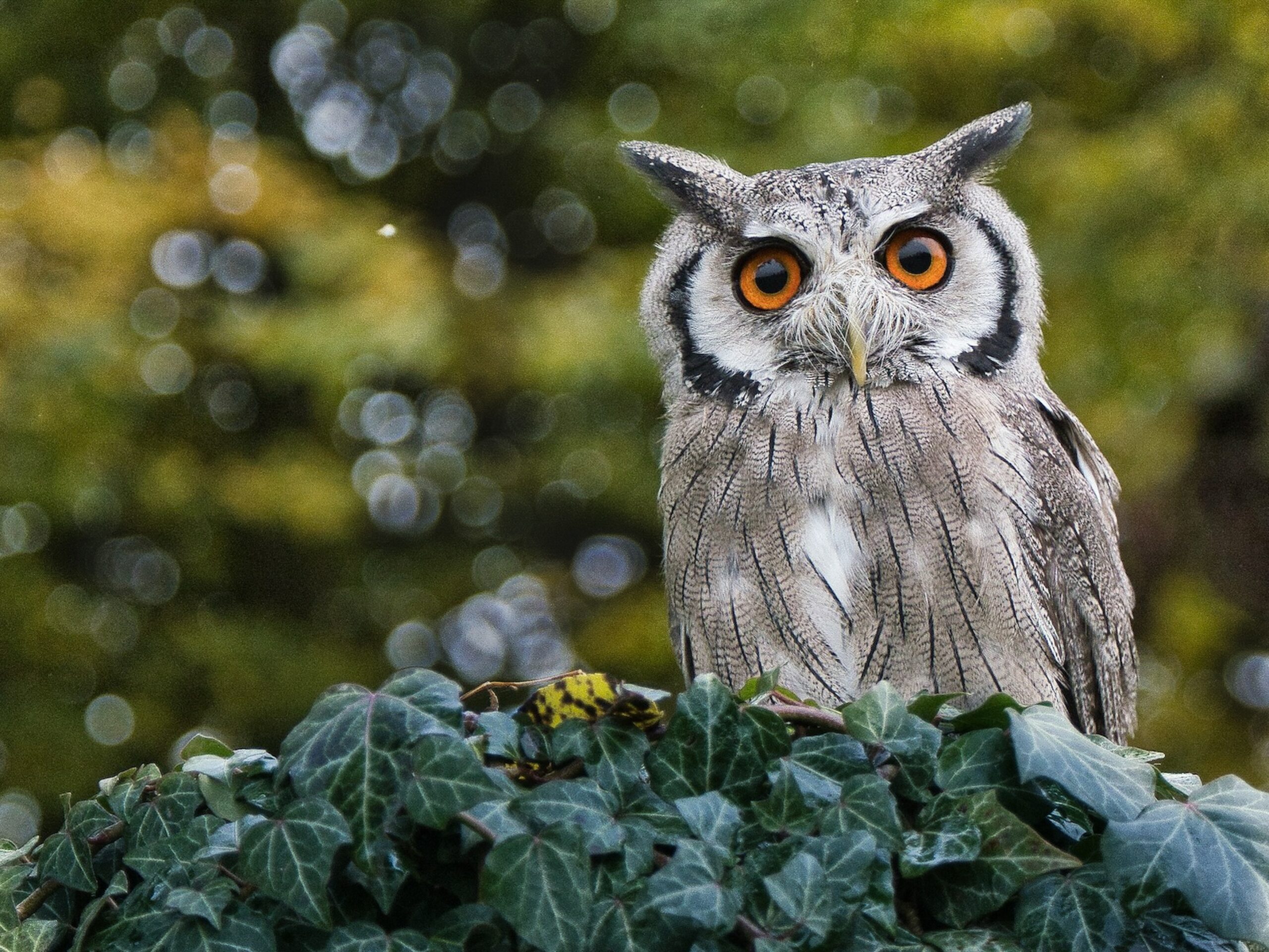Welcome to the mysterious world of the silent hunters of the night known as owls. These enigmatic creatures are renowned for their nocturnal habits, acute senses, and striking appearances.
Owls belong to the animal kingdom’s order Strigiformes and the family Strigidae. These fascinating birds have fascinated humans for centuries with their silent flight, distinctive calls, and captivating eyes.
Turn your head around and open your eyes as we soar into the realm of owls, exploring their various species, popular types, size variations, diet, reproductive behavior, lifespan, unique characteristics, and the truth behind their remarkable ability to turn their heads. Join us as we unravel the secrets of these extraordinary avian predators!
Owls are medium-sized to large birds known for their round heads, forward-facing eyes, and distinct facial discs that help funnel sound towards their ears. Their feathers are usually soft and provide excellent camouflage for their nocturnal hunting.
Owls have powerful talons for catching and gripping prey, as well as sharp beaks designed for tearing flesh. One of the most distinctive features of owls is their ability to rotate their heads in almost a full circle, allowing them to scan their surroundings without moving their bodies.
Types of Owls:
There are around 250 species of owls found across the globe, inhabiting a wide range of habitats, from forests to deserts. Some popular types of owls include the Barn Owl, Great Horned Owl, and several others. Here is a look at 10 of the most popular species:
Barn Owl: Barn Owls are known for their heart-shaped facial discs and stunning white and golden-brown plumage. They have exceptional hearing abilities and hunt primarily small mammals like mice and voles. Barn Owls are adept at catching their prey in complete darkness using their silent flight.
Great Horned Owl: The Great Horned Owl is one of the largest and most powerful owl species, with prominent ear tufts and piercing yellow eyes. They have a diverse diet that includes rodents, birds, and even skunks. Great Horned Owls are highly adaptable and can thrive in various habitats, from forests to urban areas.
Snowy Owl: The Snowy Owl is famous for its striking white plumage that provides excellent camouflage in its Arctic habitat. They have keen eyesight and exceptional hunting skills. Snowy Owls primarily feed on lemmings and other small mammals. These majestic owls are known for their long-distance migrations.
Screech Owl: Screech Owls (Western and Eastern) come in two color morphs—red and gray. They have haunting calls that contribute to their name. Screech Owls are small but mighty, preying on insects, small mammals, and birds. They can be found in a range of habitats, including forests, parks, and suburban areas.
Barred Owl: Barred Owls are recognized by their dark eyes, rounded facial discs, and brown and white barring on their feathers. They are skilled hunters that feed on rodents, birds, and amphibians. Barred Owls are adaptable and can thrive in both forests and urban environments.
Eurasian Eagle-Owl: The Eurasian Eagle-Owl is one of the largest owl species, with piercing orange eyes and impressive ear tufts. They have a diverse diet, including small mammals, birds, and even other owls. Eurasian Eagle-Owls are known for their powerful talons and fierce hunting abilities.
Burrowing Owl: Burrowing Owls are small owls with long legs and a characteristic habit of nesting in underground burrows. They have a diet consisting mainly of insects, small mammals, and reptiles. Burrowing Owls are unique among owls for their ability to live in burrows dug by other animals.
Short-eared Owl: Short-eared Owls have distinctive yellow eyes and short ear tufts. They are skilled hunters that frequent open habitats, such as grasslands and marshes. Their diet primarily consists of rodents, but they also feed on birds and insects. Short-eared Owls are known for their buoyant flight and impressive aerial displays.
Long-eared Owl: Long-eared Owls possess long, slender ear tufts that resemble “horns.” They have a mottled brown plumage that provides excellent camouflage. Long-eared Owls feed on small mammals and birds and prefer wooded habitats. They are known for their cryptic behavior and tend to roost in dense vegetation during the day.
Northern Saw-whet Owl: The Northern Saw-whet Owl is a small owl species with a rounded head and large yellow eyes. They primarily feed on small rodents and are often found in coniferous forests. Despite their small size, Northern Saw-whet Owls are skilled hunters and have a distinctive call that resembles the sound of a saw being sharpened.
Unique Characteristics of Owls:
Owls possess several unique characteristics that set them apart from other birds. One of their most remarkable features is their silent flight, which is achieved by specialized feathers that reduce noise and turbulence. Owls also have exceptional hearing, thanks to their facial discs that direct sound to their ears. Their large eyes, fixed in their sockets, provide excellent night vision. Additionally, owls have the ability to rotate their heads up to 270 degrees, giving them a wide field of view.
Summary
Owls, with their enigmatic allure and extraordinary adaptations, captivate our imagination and inspire awe. From the regal Great Horned Owl to the diminutive Burrowing Owl, each species showcases its own set of characteristics and behaviors.
These silent hunters of the night possess exceptional vision, acute hearing, and remarkable flight capabilities. Owls play a crucial role in maintaining the balance of ecosystems as efficient predators, helping to control populations of small mammals and contributing to the intricate web of life.
As we appreciate the beauty and mysteries of these remarkable creatures, let us also strive to protect their habitats and ensure their survival for generations to come.






























































